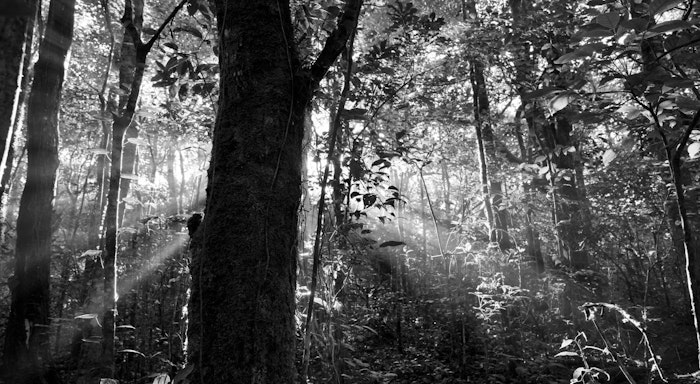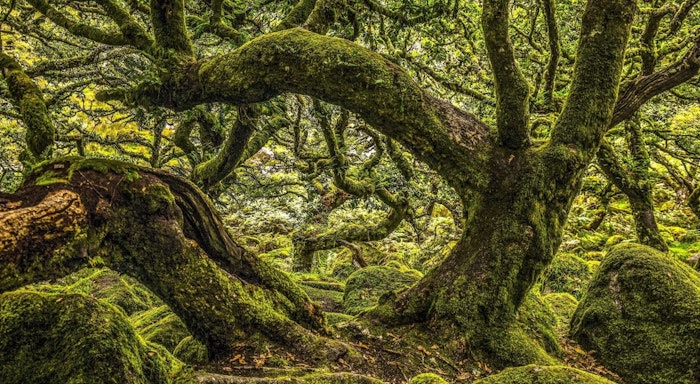Participants were invited to share their best shot aligned with the challenge: offering an original perspective on "The Luxury of Space," Emerald Stay’s brand theme. Community engagement played a key role, as the most-liked submissions advanced to the final selection. From these, Levison personally chose a grand winner and a runner-up—Harrison Carter (@wild_harrison) and Tom Hanner (@thomasthenaturalist), respectively.
Beyond aesthetics, the contest ended up celebrating perspective. Both photographers presented thought-provoking interpretations of space as physical and emotional, vast and intimate. As Harrison embarks on his mentorship with Levison and Tom continues to refine his craft, one thing is clear: they are ones to watch. Their work tells powerful stories, sparks conversations, and inspires action. And in a world where space, both literal and figurative, is increasingly under threat, their work has never been more relevant.













